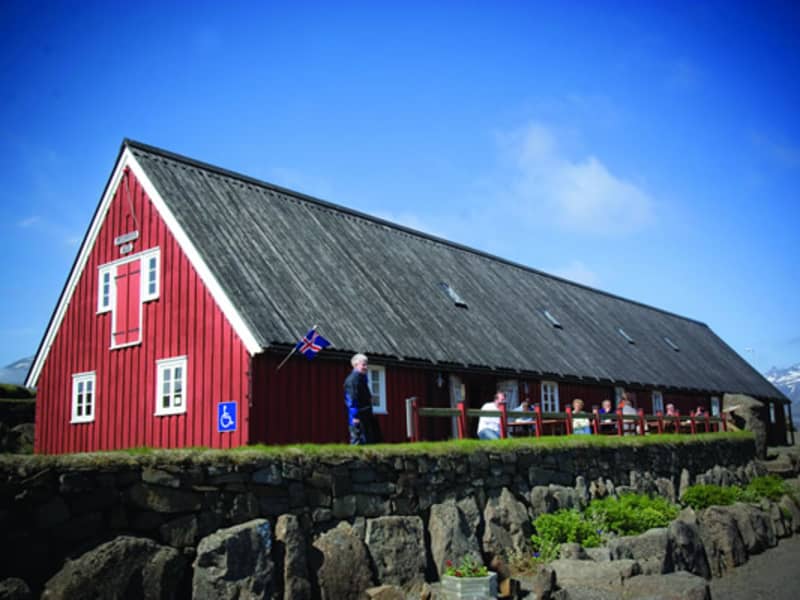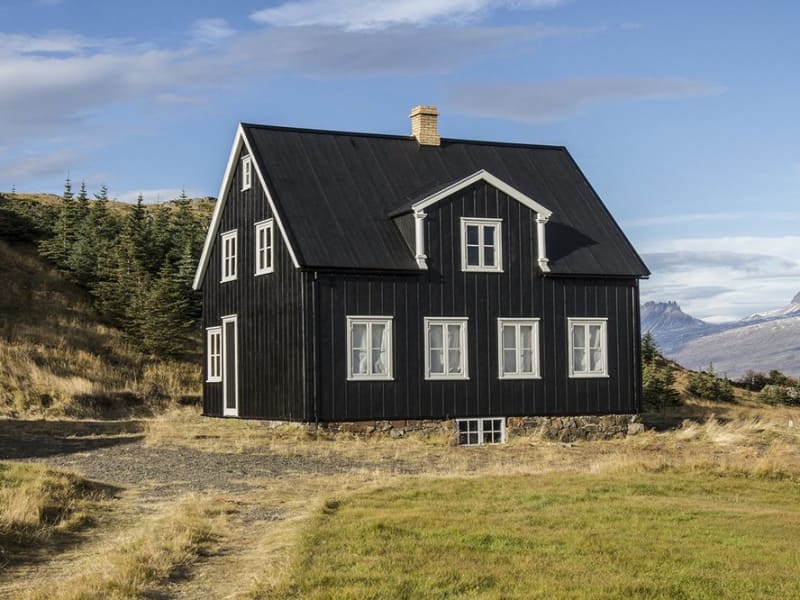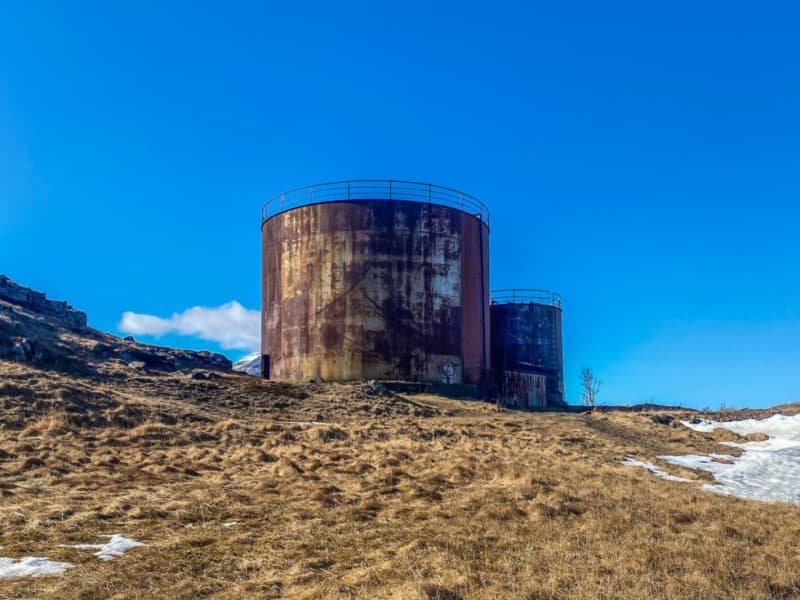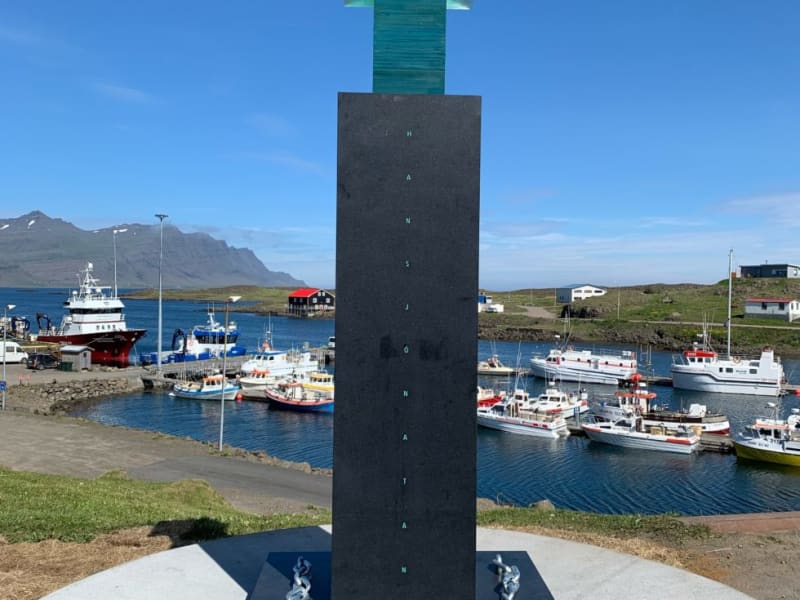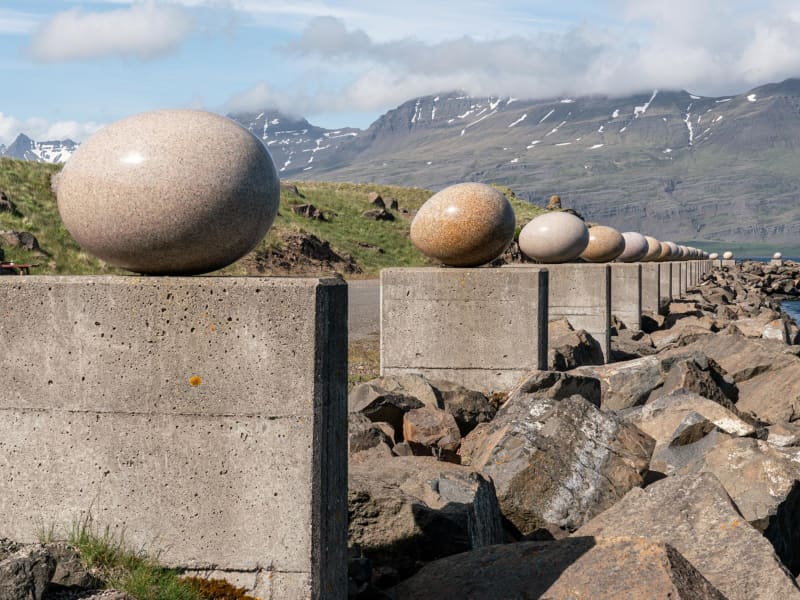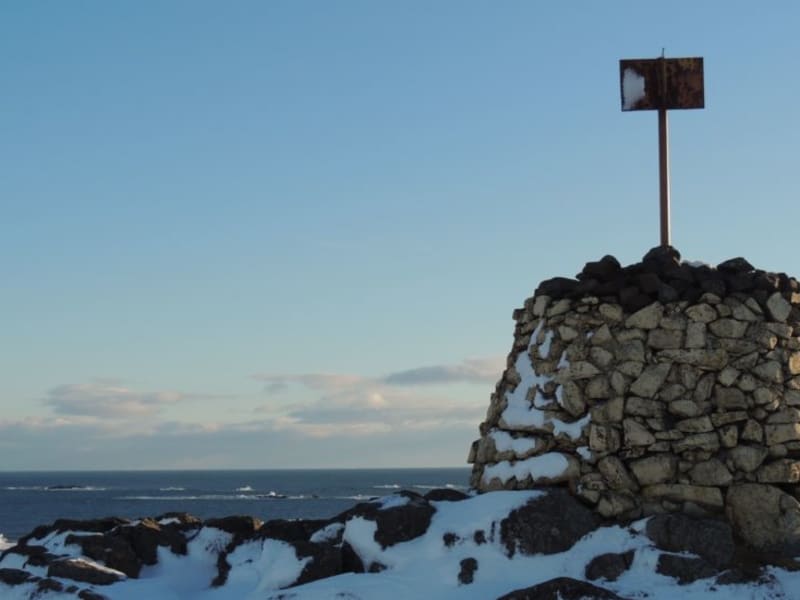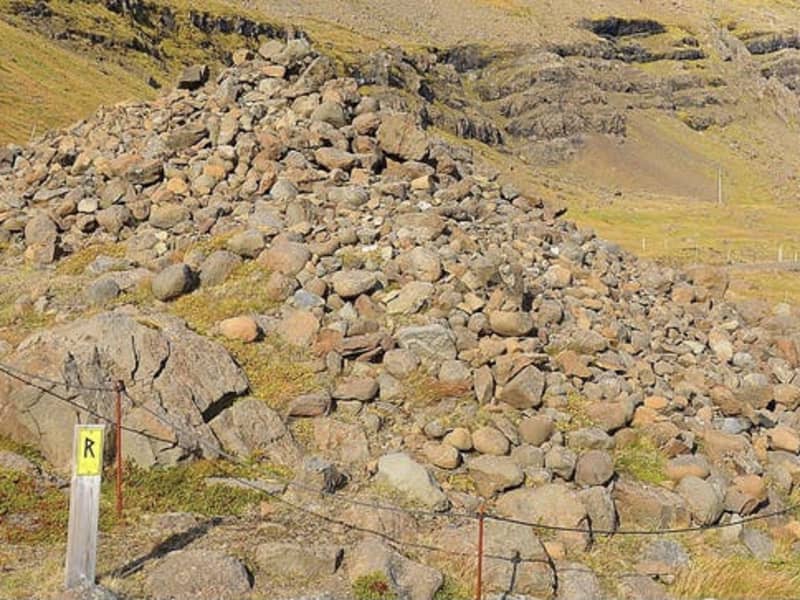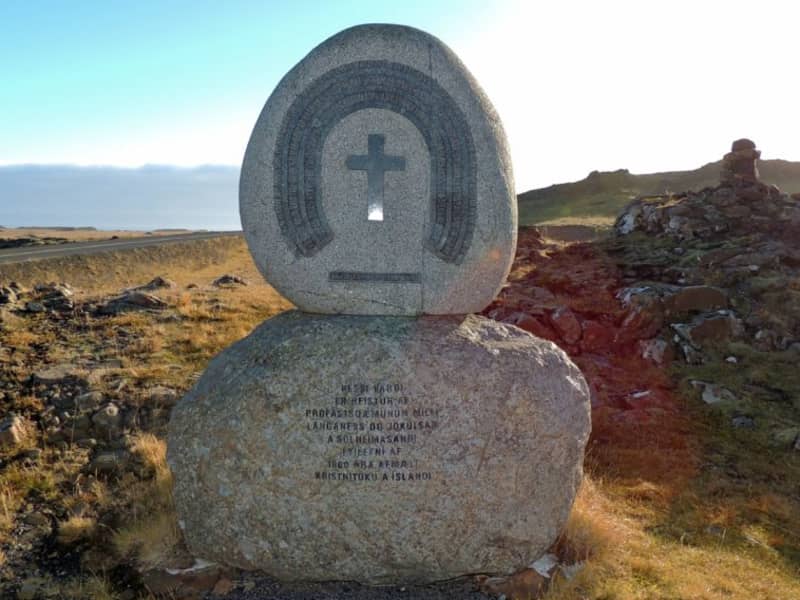Cultural Center - Langabúð
Langabúð cafe is located in the oldest building in Djupivogur, dating back to 1790. The cafe offers a wide variety of homemade goods such as soups, bread with salmon and smoked lamb, cappuccino, espresso, latte, and delicious cakes. The menu has a variety of vegan and gluten free choices. You can also try out a selection of Icelandic beers and spirits.
Langabúð is Djupivogur's cultural center, housing museums and exhibitions, and is the corner stone in the town's culture. The museums exhibit the life and work of Rikardur Jonsson, a sculptor and artist, and a memorial of the politician Eysteinn Jonsson and his wife, Solveig Eyjolfsdottir. The building's loft houses a heritage museum.
The cafe offers a wide variety of homemade goods such as soups, bread with salmon and smoked lamb, cappuccino, espresso, latte, and delicious cakes. The menu has a variety of vegan and gluten free choices. You can also try out a selection of Icelandic beers and spirits.
Hours of Operation: Summer: May 15th – September 15th, Every day: 11:00-18:00 Winter: Please contact us for opening hours. Admission: ISK 500
View

